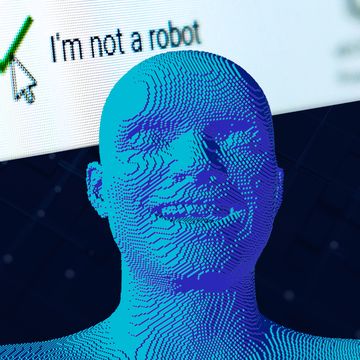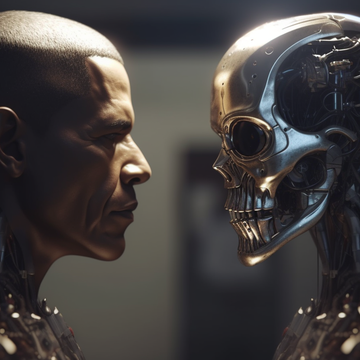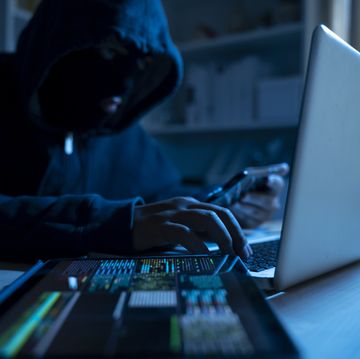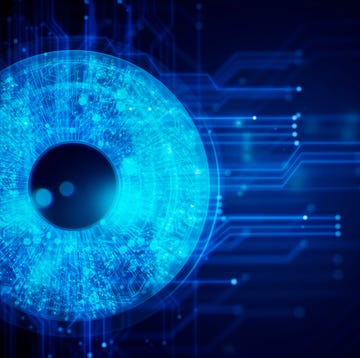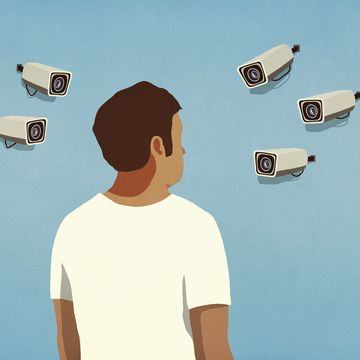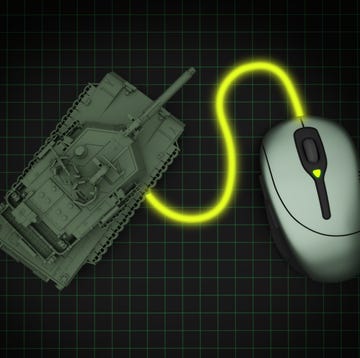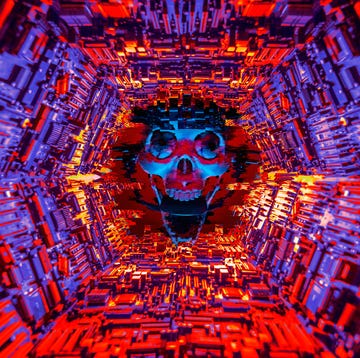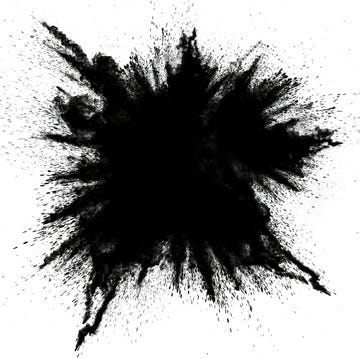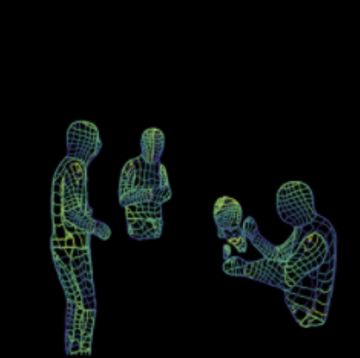Are surveillance cameras the answer to terrorism? The recent failed attack on Times Square has led to calls for more cameras in the area, while others argue that CCTV will not stop terrorists. It's true that suicide bombers would not be deterred by cameras as criminals might be, but surveillance cameras are still a powerful tool—if only the nuggets of useful information can be picked out of thousands of hours of video.
It's a lesson that has been learned in Britain, a nation said to have more CCTV cameras per head than any other. In the aftermath of the July 7 bombings in London in 2005, police were able to go back over video footage to track the four suicide bombers' movements which aided greatly in identification.
Deputy Chief Constable Graeme Gerrard, the lead on CCTV for Britain's Association of Chief Police Officers (ACPO) explained this type of investigation can be complicated when some of the CCTV cameras involved are privately owned. British police have the legal power to gather all relevant CCTV evidence, but the quality of the footage may be poor. And where the cameras are operated by the police it takes a lot of eyeballs to watch all those screens.
"It is too simplistic an approach to multiply the number of viewing officers to the number of cameras to be viewed," Gerrard says. "A myriad of factors come into play such as how 'busy' the CCTV footage is, the type of facilities available to view the footage and the type of incident being viewed. Many [police] Forces have dedicated viewing rooms for CCTV with several monitors that can be viewed simultaneously by trained staff and this dramatically increases the efficiency of the evidence gathering process."
However, where high quality images can be found in video footage, Gerard believes they can be extremely valuable. He compares the importance of CCTV to other breakthroughs such as DNA and fingerprinting. A National CCTV Strategy is being pursued with the aim of improving the image quality of CCTV systems, and ACPO is working with the government and the private sector to achieve this.
More cameras mean more watchers, so system designers are attempting to automate surveillance with smart software to spot possible threats automatically. In its simplest form this is can be motion detection; in some locations movement is a sign of an intruder. However, advanced smart systems can do much more than that.
The AWARE system, developed by Abeo Technical Solutions, LLC, includes video analytics which can classify particular objects and behaviors. In an airport, for example, it could look for people walking in the wrong direction through exit gates or loitering in restricted areas. The makers say that when properly calibrated it has a better chance of spotting security threats than a human observer.
Robert Allen of AbeoTS says that with the AWARE the operator becomes a decision-maker, rather than just a watcher.
"Our experience shows automating camera monitoring can make human monitoring completely redundant," Allen says. "We support command and control centers with camera inventories in the thousands with only two or three operators."
The security team can even be on the move, as the system can send out alerts through a variety of different channels, including pagers, cellphones and PDAs.
" In the Times Square case, the vehicle was parked in a no parking area, smoking and had its emergency flashers activated. AWARE, in conjunction with many types of surveillance sensors, can detect all type of anomalies," Allen says.
The other strength of CCTV is the ability to look back over the archive and track an individual or vehicle over a period of time. This is an area of great interest to the military, who now deploy a large number of unmanned spies in the sky and need to be able to cope with the vast amount of data coming back. In Iraq, Task Force ODIN accounted for over two thousand insurgents, partly by looking at video footage to identify vehicles linked to the planting of roadside bombs. These vehicles were then followed back in time to their origin as well as forward to locate the insurgents.
AdLib, a system produced by EchoStorm provides an automated means of coping with a large number of video feeds. The system fuses images from geo-tagged sources together and extracts data from within the images. The user can zoom in to any given point at any given instant, or extract all the sightings of a specific vehicle and establish its path over time.
The makers say adLib can already cope with petabyte-sized video databases, but the requirement is growing all the time. High-quality CCTV of the sort that Gerard believes will be essential, multiplied by an ever-increasing number of cameras, will generate a vast amount of data which grows as each new day is added to the archive.
In the end, the effectiveness of surveillance cameras will be determined by the struggle between advanced software and this mountain of data. Smarter systems should mean better alerts before an attack can take place, and faster reaction when an incident does occur. Whether this is enough to convince a public which is already suspicious of Big Brother is another matter.




